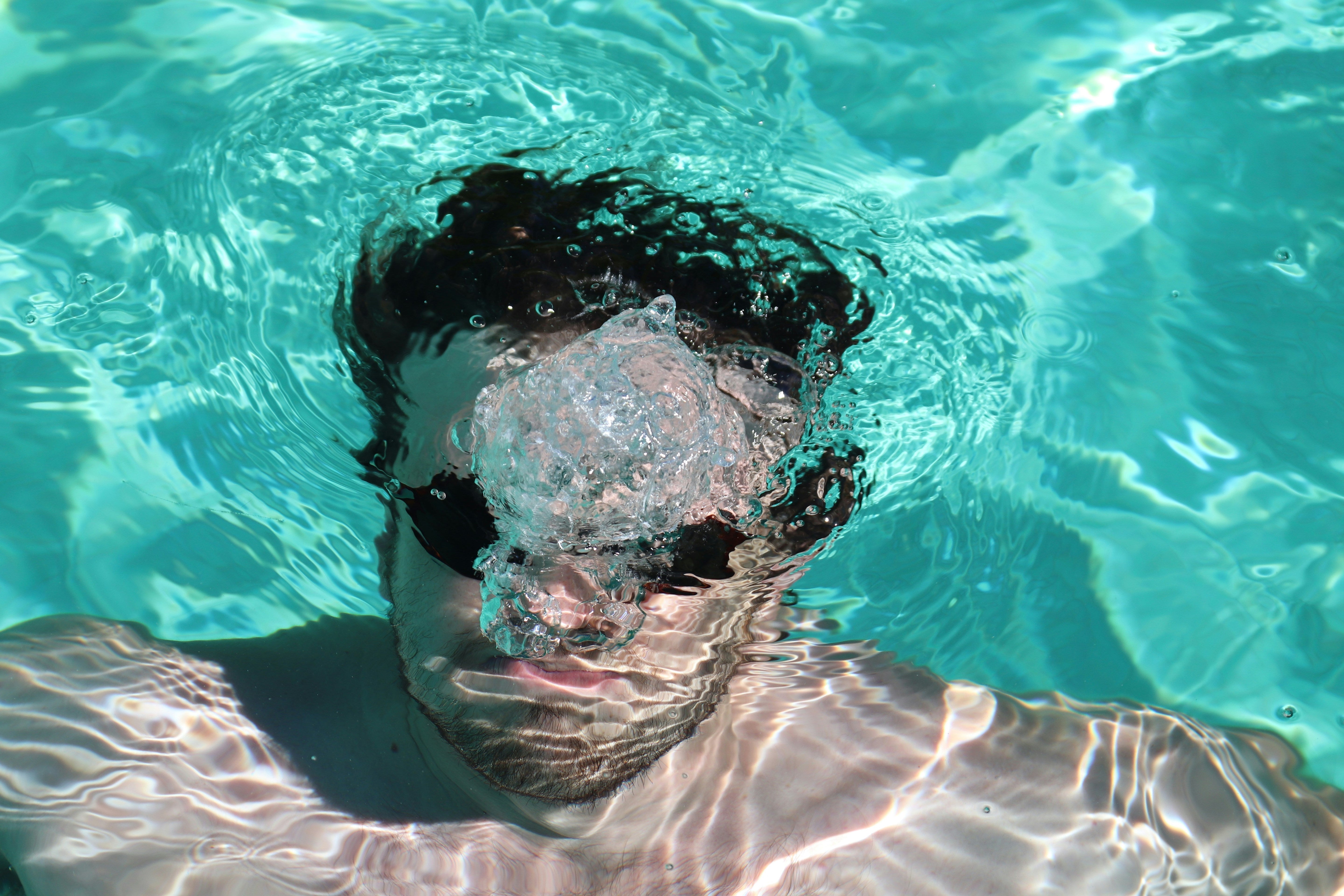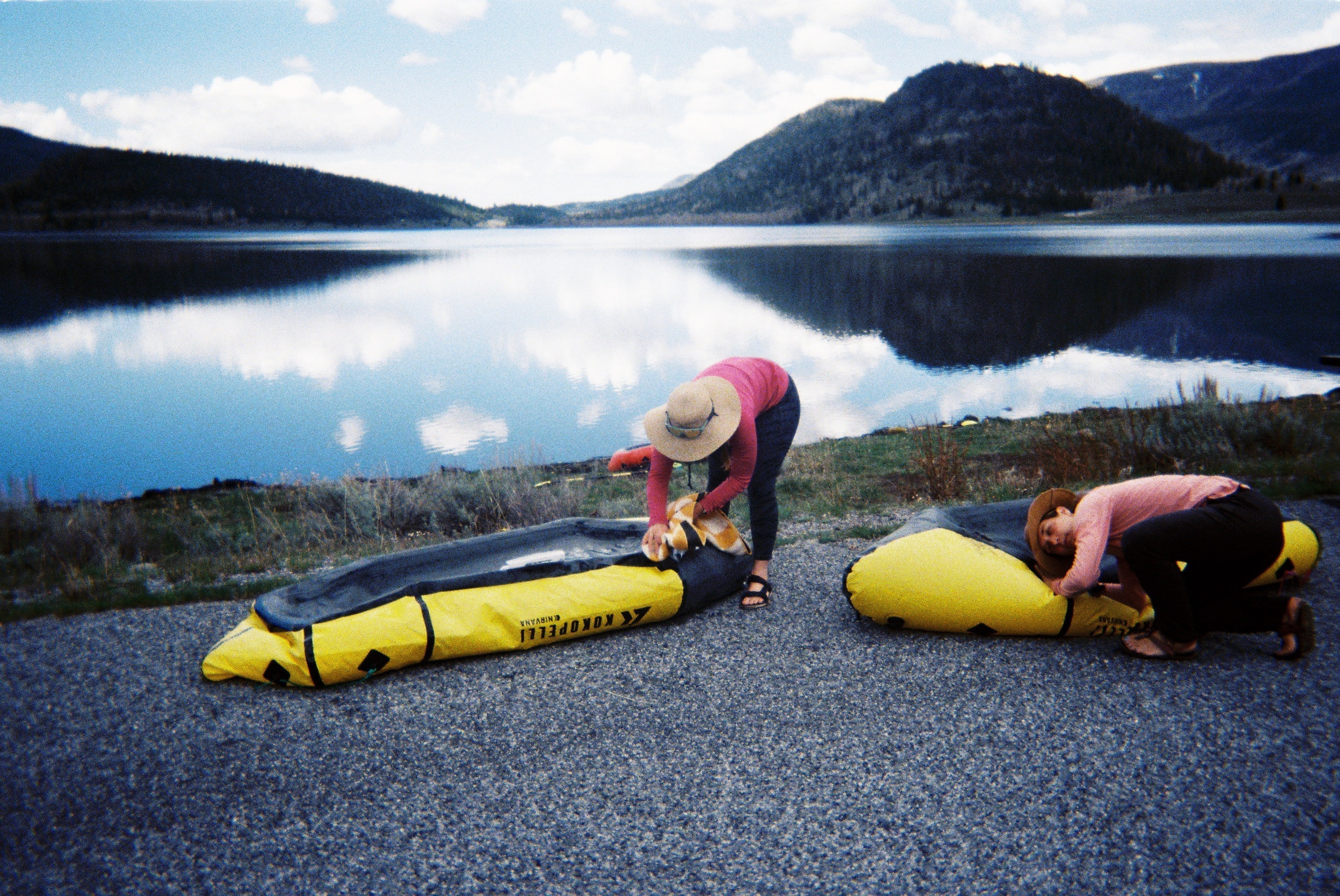Nothing beats sleeping under the stars: the fresh air, the twinkling stars, and the sounds of crickets in the night; that is, until the clouds roll in while you’re deep asleep and you wake up in a downpour.
Choosing the right kind of shelter is crucial for camping and backpacking. You want to make sure you have enough space for you, your gear, and any partners (four legged, or not) that you bring with you. There are large selections of options for you to choose from, with each one having its various pros and cons.
The tarp style shelter:
This style is perhaps the most versatile. All you need is a tarp (it doesn’t have to be ultra-light Sil-nylon, but if that’s your gig, go for it!), some cord, and a way to stabilize your tarp. No matter your tarp type, it will provide you with basic protection from the elements. The bonus about tarps is that they fold down relatively small and you can set them up in almost any type of location. If you’re flying solo and packing light, a tarp setup is optimal. The downfalls? Rough weather like snow and rain can blow in the front and back of the shelter and you are not completely protected from wildlife during the night like you would be in a tent.
Don’t like the exposure that comes with a tarp? There’s always the traditional option of a tent.
Tents come in a variety of shapes, sizes, and materials. The most important thing to remember when choosing a tent is to make sure it is suited to the environment you’ll be camping in. You won’t want to use a summertime tent with tons of mesh in a snowstorm. Nor will you want a 4 season mountaineering tent on a 100 degree day . Size can also be a deal breaker. Pick a tent that’s large enough for you and your gear. Nobody likes to wake up in the middle of the night with their face pressed against the side of the tent. A good rule of thumb is to count your gear as a person. So a two person tent would be perfect for one person + gear. If you want a smaller option or you travel solo a lot, you can go with a bivy style tent that fits just you and your sleeping bag. A bivy is made of the same materials as a tent, but is much smaller. They’re designed to be light and pack down small, but still provide the protection of a tent. Many of them come with one or two poles to hold the bivy up off of your face once you’ve zipped yourself in. One thing you’ll need to be aware of is that you’ll be carrying that bad boy all the way to your camp. So if you’re bringing a taj majal style 5 bedroom tent, be prepared for the extra weight and space it’ll take up in your pack.
Going car camping, but don’t have a tent or a tarp?
You can always camp in your car. The bed of a truck is the perfect place to set up shop when you roll into camp late at night. Just lay out your sleeping pad and bag in the back and you’re good to go. No truck? Many wagon style cars have seats that fold flat in the back and allow for you to stretch out comfortably.
Sleeping outside is all about enjoying the experience, so use the kind of shelter that you’re most comfortable in. Whether it’s in a tent, in the back of your Subaru, under the stars, or in a makeshift stick house, it’s all about having fun and protecting yourself from the elements. Be sure to bring a repair kit with you so you're prepared for anything.



